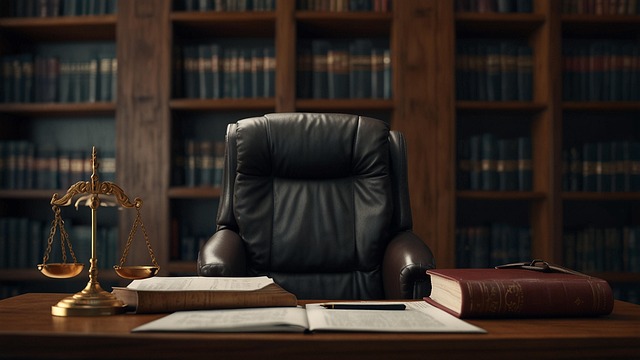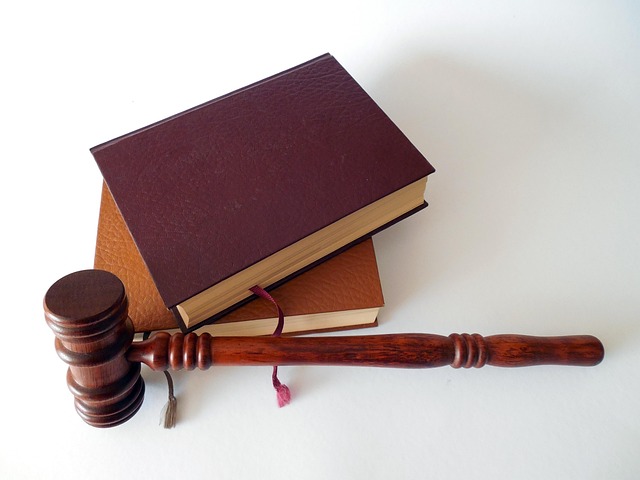Criminal Law Enforcement, comprising intricate legal frameworks, safeguards citizens, deters crime, and upholds justice. Understanding these structures is vital for effective self-defense in criminal cases, which isn't just physical but involves comprehending rights and legal boundaries, especially in white-collar crimes. Key tactics include preserving evidence, cooperating while protecting rights, and demonstrating diligence from initial interactions with law enforcement. Meticulous documentation and a strategic narrative emphasizing reasonable actions are crucial for successful outcomes, as proven in white-collar cases. The ultimate goal is balanced law application, achieving justice through an understanding of evidence and potential legal loopholes.
Criminal law enforcement is a complex web of legal frameworks that underpin societal safety. This article provides an in-depth exploration of this critical domain, encompassing key aspects from multiple perspectives. We delve into understanding criminal law, the pivotal role of law enforcement agencies in safeguarding citizens, and the intricate balance of self-defense rights and responsibilities. Furthermore, it offers practical insights on best practices for documenting and presenting self-defense cases, alongside effective tactics for those facing criminal charges, emphasizing the best self-defense tactics in criminal cases.
- Understanding Criminal Law Enforcement: An Overview of Legal Frameworks
- The Role of Law Enforcement Agencies in Protecting Citizens
- Self-Defense Rights and Responsibilities: A Comprehensive Look
- Effective Tactics for Criminal Case Defense: Strategies for the Accused
- Best Practices for Documenting and Presenting Self-Defense Cases
Understanding Criminal Law Enforcement: An Overview of Legal Frameworks
Criminal Law Enforcement involves a complex web of legal frameworks designed to protect citizens, deter crime, and ensure justice. At its core, understanding these structures is key to navigating self-defense tactics in criminal cases. The best self-defense tactics aren’t just about physical protection but also knowing one’s rights and the legal boundaries surrounding them. For instance, while white collar and economic crimes are a significant focus of law enforcement, citizens must also comprehend their rights when facing accusations.
These frameworks vary across jurisdictions, but they share common principles like presumption of innocence, right to fair trial, and proportional punishment. In many cases, the goal is not just a complete dismissal of all charges but rather achieving justice through a balanced application of law. This involves understanding both the strength of evidence against you and the potential for legal loopholes or misinterpretations that could lead to a favorable outcome.
The Role of Law Enforcement Agencies in Protecting Citizens
Law enforcement agencies play a pivotal role in protecting citizens from criminal activities by ensuring public safety and maintaining order. These agencies are responsible for investigating crimes, identifying perpetrators, and delivering justice through the legal system. Utilizing advanced investigative techniques and leveraging technology, they navigate all stages of the investigative and enforcement process to gather evidence and build strong cases. This involves meticulous record-keeping, witness interviews, forensic analysis, and surveillance – crucial best self-defense tactics in criminal cases.
The ultimate goal is to achieve extraordinary results, including winning challenging defense verdicts. Through dedicated professionals who uphold the law with integrity, these agencies foster a secure environment where citizens can live their lives without fear of crime. By prioritizing community engagement and utilizing innovative strategies, they further strengthen the bond between the police and those they serve, ultimately enhancing public trust.
Self-Defense Rights and Responsibilities: A Comprehensive Look
In the realm of criminal law enforcement, understanding one’s rights and responsibilities regarding self-defense is paramount. The concept is not merely about physical actions but also legal implications in high-stakes cases where the best self-defense tactics can be crucial. Individuals must be aware of their limitations and strategies to invoke self-defense as a legitimate defense against criminal charges. This involves recognizing when force is necessary, understanding the proportionality of response, and being able to articulate these decisions clearly in court.
Self-defense rights vary across jurisdictions, making it essential for individuals to stay informed about local laws. In many cases, the onus is on the accused to prove their actions were a reasonable response to an imminent threat. This involves gathering evidence, documenting encounters, and knowing how to present this information effectively in court. The respective business, philanthropic, and political communities play a role in shaping self-defense laws, ensuring they balance individual rights with community safety. Such awareness and preparation can significantly impact outcomes in criminal cases, particularly when dealing with sensitive situations that might otherwise be misinterpreted.
Effective Tactics for Criminal Case Defense: Strategies for the Accused
In criminal cases, effective self-defense tactics are crucial for accused individuals to navigate all stages of the investigative and enforcement process. The best self-defense strategies involve a comprehensive approach that starts from the initial interaction with law enforcement. This includes remaining calm, asserting one’s rights, and providing clear and concise answers. Legal counsel should be engaged promptly to ensure a thorough review of evidence and identification of potential defenses.
Strategic planning is key for general criminal defense. Accused persons should document all interactions with authorities, meticulously preserve evidence, and cooperate fully while protecting their rights. This proactive approach not only strengthens the case but also demonstrates diligence, which can be instrumental in reaching favorable outcomes during pretrial hearings and trials.
Best Practices for Documenting and Presenting Self-Defense Cases
When presenting self-defense cases in criminal law enforcement, meticulous documentation is key to achieving an unprecedented track record. Law enforcement officers and legal professionals alike should adhere to best practices that ensure every detail is accurately captured from the incident. This includes thorough scene documentation, collecting and preserving physical evidence, and meticulously recording witness statements, ensuring consistency and reliability throughout the process.
A strategic approach to presenting self-defense cases involves focusing on a clear narrative that aligns with the best self-defense tactics. In high-stress situations, staying calm and collected can be transformative. Legal teams should emphasize the reasonableness of the defendant’s actions, drawing from expert testimony and evidence to demonstrate their client’s intent to protect themselves or others without exceeding the boundaries of necessary force. This method has proven successful across the country in various white collar defense cases, where understanding context and adhering to legal standards are paramount.
Criminal law enforcement is a multifaceted field that requires a deep understanding of legal frameworks, effective agency operations, and balanced self-defense rights. By exploring these key components, individuals can better navigate criminal cases, ensuring fair outcomes for all involved. Adopting best practices in documentation and presentation, combined with strategic defense tactics, equips defendants with powerful tools to assert their rights and protect themselves in the face of criminal accusations. Ultimately, staying informed about understanding criminal law enforcement fosters a just society where citizens are protected while due process is upheld.






